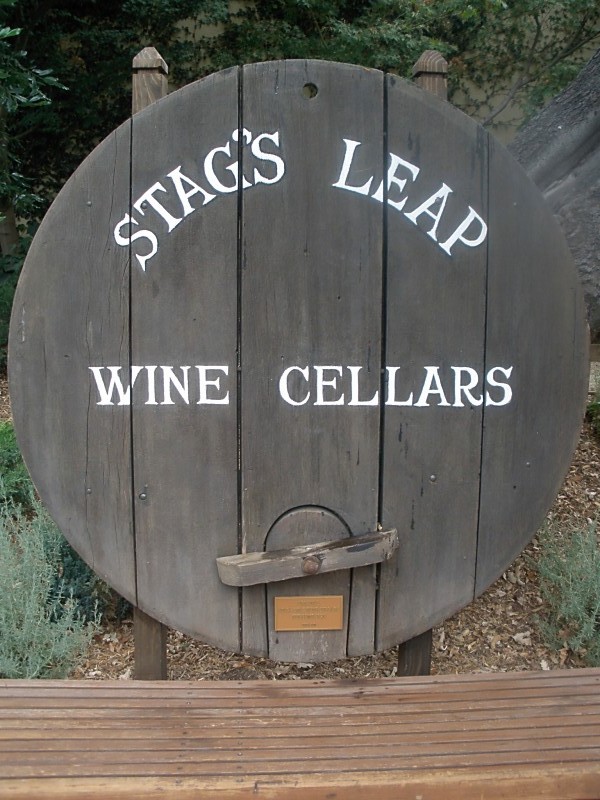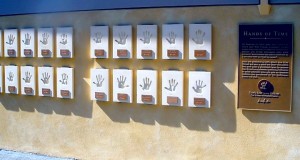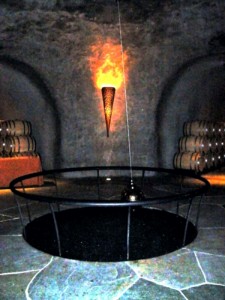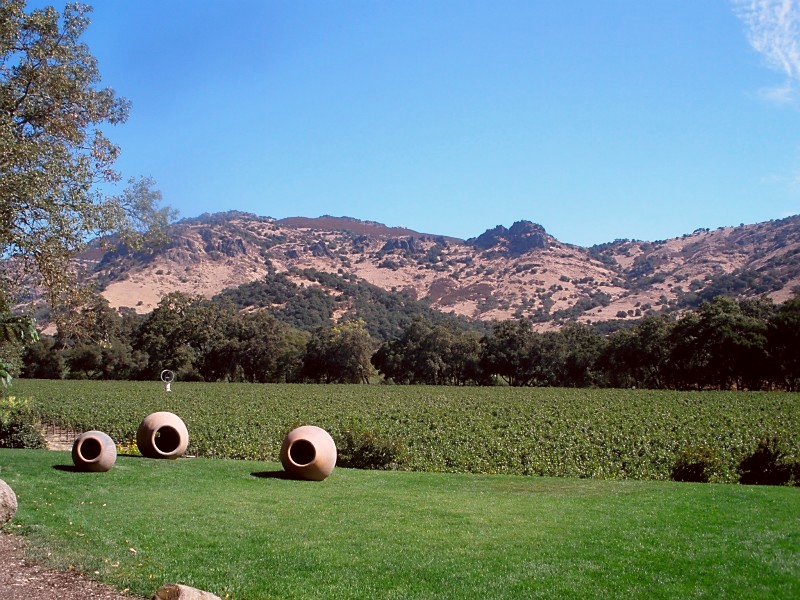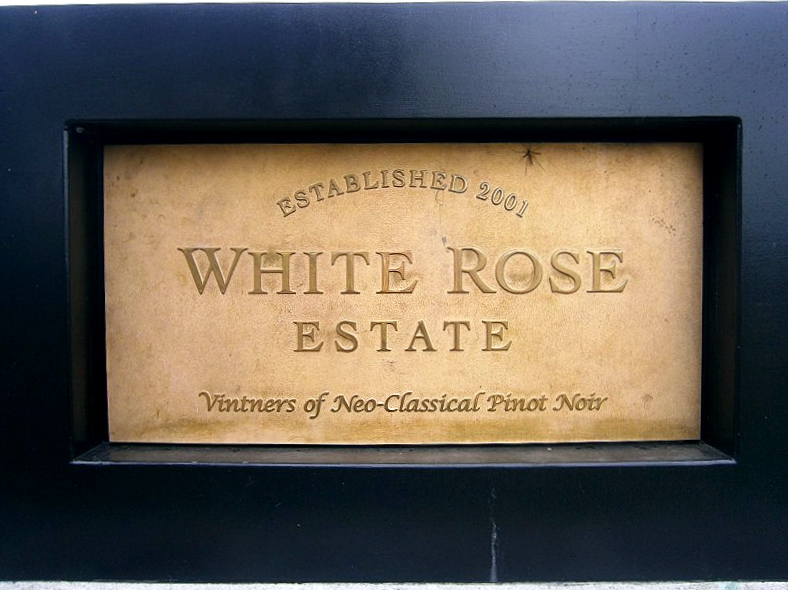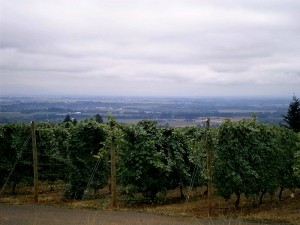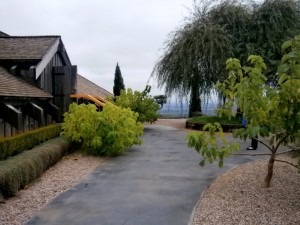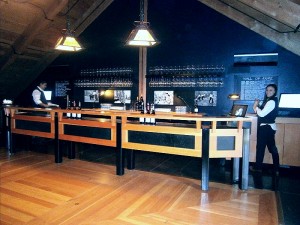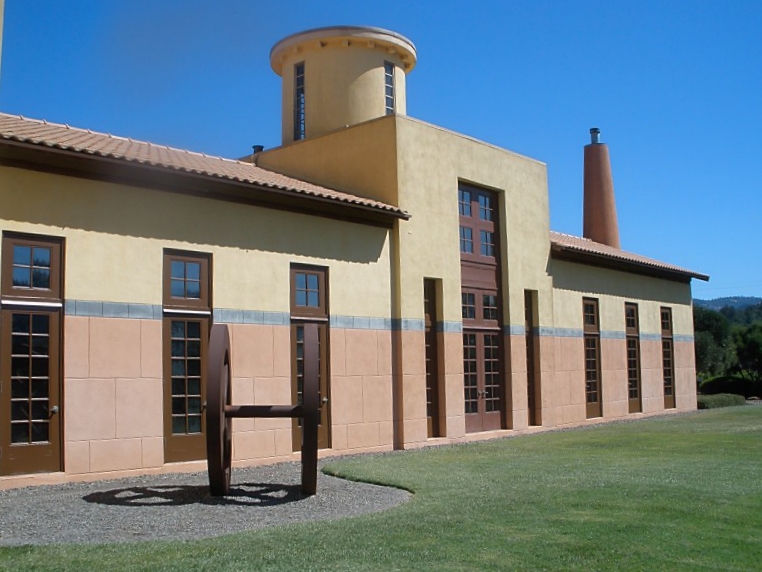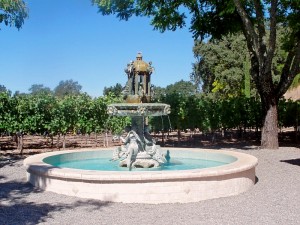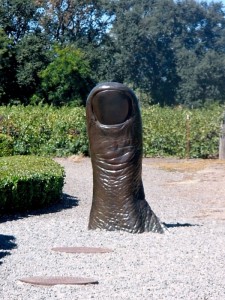5766 Silverado Trail, Napa, CA 94558
Website: https://www.cask23.com/
I would like to start by pointing out, like all the tour guide books do, there are two wineries located in the Stags Leap District with similar names. Do not confuse Stag’s Leap Wine Cellars with Stags’ Leap Winery (note the location of the apostrophe). These are two distinctly different wineries. The wineries battled over their name until 1985 when a judge ruled that both wineries were entitled to use Stags Leap in their title since it referred to the geographical area in which they are located.
It is understandable that both wineries would want to associate themselves with Stags Leap after the acclaim that the region received following the 1976 Paris Tasting. Chateau Montelena was not the only California wine to beat out the French at the blind tasting. They took first place for their 1973 Chardonnay, and Stag’s Leap Wine Cellars came in first place in the red wine category with their 1973 Cabernet Sauvignon. The winemaker of that Cabernet Sauvignon was Warren Winiarski.
There is an interesting history about Warren Winiarski and Stag’s Leap Wine Cellars that George M. Taber writes about in his book Judgment of Paris. The name Winiarski means “son of a winemaker” in Polish. Winiarski grew up in Chicago where his father made honey, dandelion, and fruit wines in his basement. After high school, he joined the Great Books program at the University of Chicago and later received a graduate degree in political science. While studying political science, Winiarski spent a year abroad in Naples, Italy. There he discovered how wine and food brought families together during mealtimes. This experience lingered with him while he was living out his life as a lecturer at the University of Chicago and supporting his wife and two young children. He wanted to provide a better lifestyle for his family and saw wine as his way of doing that. He began researching the winemaking process and tried making his own wine at his home in Chicago. Then Winiarski managed to get himself an apprenticeship at the Martin Ray winery south of San Francisco. After leaving the Martin Ray winery, he was determined to work at a winery in California and sent letters to other wineries until Lee Stewart at Souverain Cellars offered him work. He loaded his family and belongings in his station wagon and drove cross country to Napa Valley.
Coincidentally, once Warren Winiarski arrived in Napa Valley, he followed a similar path to Mike Grgich, the winemaker of the 1973 Chateau Montelena Chardonnay that took 1st place at the 1976 Paris Tasting. Winiarski arrived at Souverain Cellars in 1964 during the grape crush. He started working right away and stayed there for two years to watch the entire annual wine cycle twice, taking in as much about the winemaking process as he possibly could. There was a ghost winery near the house where Winiarski was staying where he would conduct his own wine experiments until he purchased 15 acres of his own on Howell Mountain in 1965. He left Souverain Cellars in the fall of 1966 and soon after landed a job as winemaker at the new Robert Mondavi Winery while Robert’s son Michael was performing his military duty. In 1968, Winiarski left the Robert Mondavi Winery to go out on his own as a consultant winemaker. While acting as a consultant, Winiarski studied the soil types and microclimate weather conditions of the whole valley in order to find the perfect property for growing grapes. In 1969, he met a man named Nathan Fay and sampled a wine that Fay made from the Cabernet grapes on his property. Winiarski thought the wine was outstanding and had the fortune of purchasing the 50 acre property right next to Fay’s. He purchased the property in February 1970 and planted his new vineyard in the spring of that same year. This is the same vineyard that produced the 1973 Stag’s Leap Wine Cellars Cabernet Sauvignon that was entered in the 1976 Paris Tasting.
Stag’s Leap Wine Cellars prides itself on its history, and this is reflected throughout the winery and in the price of its wines. Visitors are welcome to stop into the winery for a tasting with no advance reservations. There is an option to taste the Napa Valley Collection Wines or pay a larger fee to sample the highly acclaimed FAY, S.L.V. and Cask 23 Estate Cabernet Sauvignons. These wines cost over $100 a bottle, making the tasting fee seem like a drop in the bucket.
The winery also offers an Estate & Wine Cave Tour by reservation. My husband and I went on the tour and thought the caves were the highlight of the tour. The tour guide started off by talking about the history of the winery and vineyards. On our way to the caves, we walked by the Hands of Time wall. The wall represents all of the winemakers or viticulturists who “lent a hand” at Stag’s Leap Wine Cellars between 1970 and 2003 when the Hands of Time: Winemaker’s reunion took place.
The tour then continues with a walk through the caves that were completed in 2000. In the center of the caves is a huge Foucault pendulum suspended from the ceiling that marks each passing minute. That alone was worth seeing. The other part that I really enjoyed was the spectacular view at the exit of the caves. We walked out to a view of lush, green vineyards with a mountain in the background. Since I visited, the winery has added an outdoor tasting area looking out over the historic FAY vineyards and Stages Leap Palisades. We finished the tour with a sit down tasting in a private room located off of the main tasting room. There we tried the FAY, S.L.V. and Cask 23 wines.
I would put this winery on my list of places to visit in Napa Valley because of all of the history. Warren Winiarski sold the winery to Ste. Michelle Wine Estates and Marchesi Antinori in 2007. They have upheld the history, beauty of the property, and reputation of the wines. A bottle of the Cabernet Sauvignon that put Napa Valley on the map is now kept in the Smithsonian. Overall, I enjoyed the winery tour but there is a bit of pretentiousness at this winery. I respect their history but didn’t find their wines to be so exceptional that I would pay such high prices for a bottle. I’m sure there are others who disagree.

